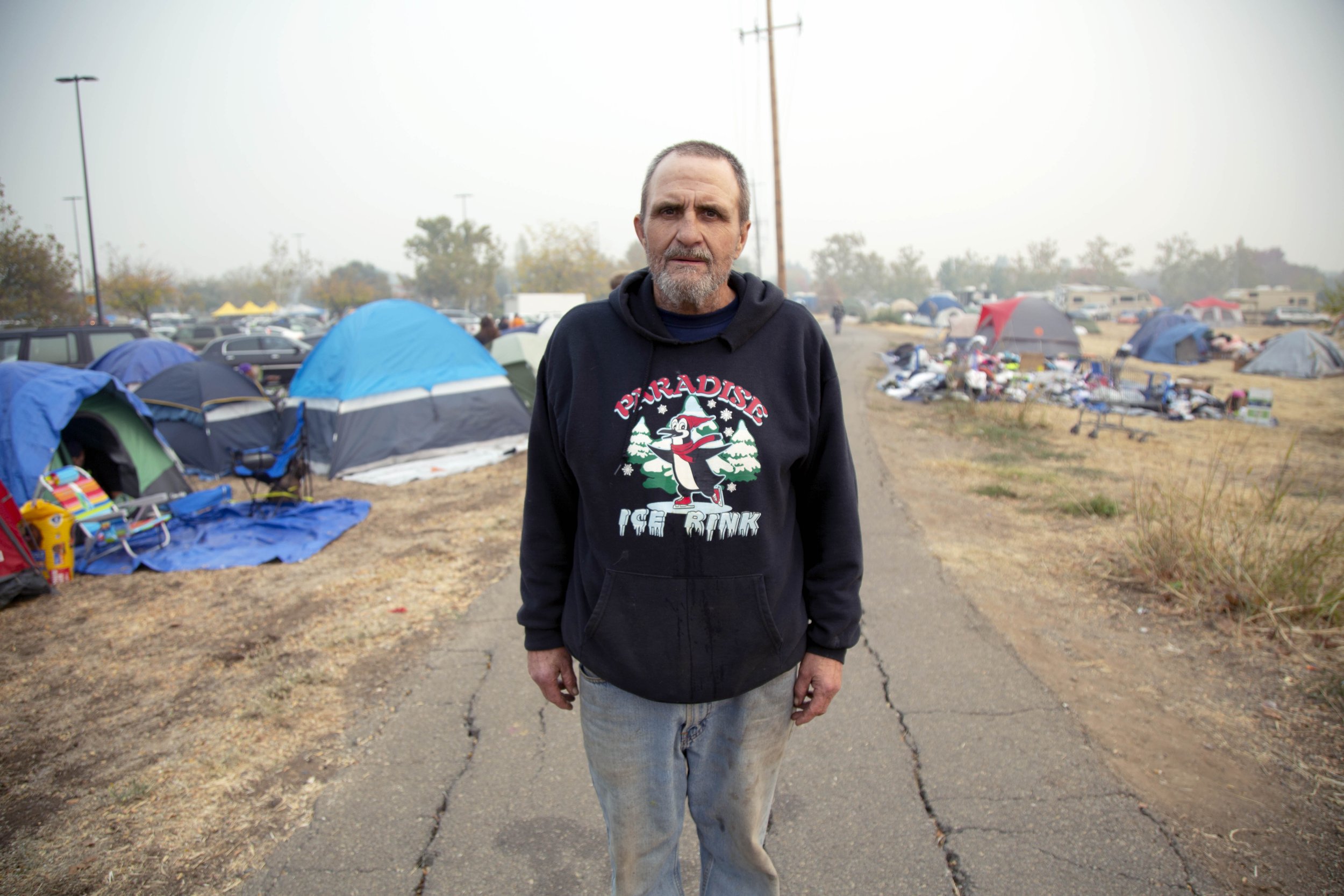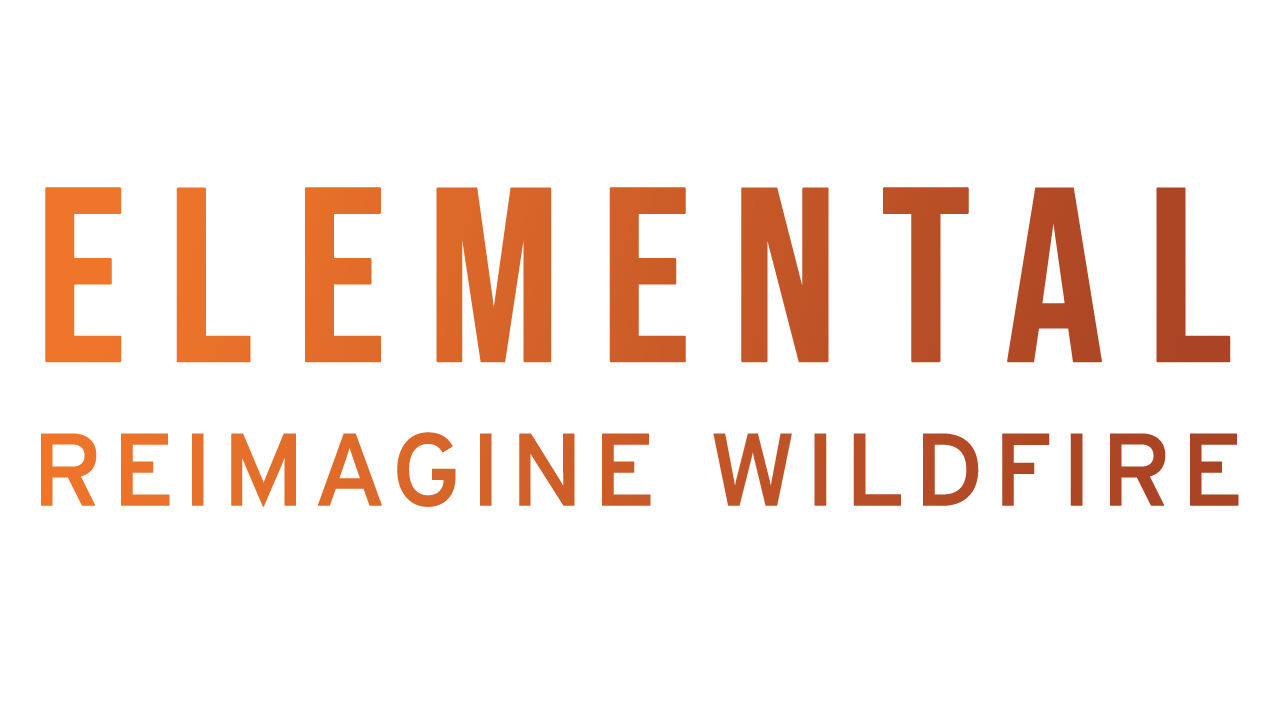


Frequently Asked Questions
-
What did we witness with the 2020 and 2021 wildfires?
The 2020 and 2021 fires broke barriers in recent fire history. In 2020, fire burned across over a million acres in Oregon. The 2021 Dixie fire became California’s largest fire and the first in recent history to cross the Sierra Nevada crest to the east. In August, the Caldor fire also spread east across the Sierra Nevada crest. In Oregon, the Bootleg fire became an intense fire that spread rapidly in heavily managed, relatively flat, tree plantations, unusual for an early July fire. The December 30th front range urban interface Marshall fire destroyed the largest number of structures in a Colorado fire. READ MORE
-
Were the 2020-21 fires unusual?
No, they were a continuation of recent fire history. For proof, look at the 2020 Oregon Labor Day fires for similar, wind driven, drought influenced fires that burned through forests and communities (Beachie Creek), tree plantations (Holiday Farm), urban areas (Almeda), coastal communities (Echo Mountain).
In 2022, we have seen similar wind and drought driven fires throughout the West and in Alaska, and loss of homes and communities.
-
What did these fires have in common?
The 2020-21 fires were periods of extreme fire behavior with rapid fire spread. The fire intensity was driven by wind and very dry fuel. The winds were to be expected, even the very high winds of December 30th that spread the Marshall fire and burned over 1,000 homes, which while uncommon, were not unusual for the front range of Colorado in winter. The 2020-2021 fires skipped over treated areas, fuel breaks, roads, and spotted long distances. And we are seeing the same thing happening in 2022.
-
What was significant about these fires?
Drought. In NE California, SE Oregon, across the central front range of Colorado, Arizona, New Mexico had all been experiencing drought when the fires occurred. This extended, multi-year drought affects dead fuel moisture, live fuel moisture, and soil moisture. The lack of that moisture changed the fire dynamics of the fuels, leading to increased fire intensity (energy release) and increased ignition from wind borne embers (spotting). Many fires were ignited by live power lines, and it was the wind and drought (not the fuels) that were the primary drivers of these fires.
And as to forestlands, 2/3rd of all forests have burned and will continue to burn at moderate to high severity, and the experts agree that thinning these forests is not appropriate and will make no difference as they grow back so quickly (e.g. Oregon’s temperate coastal and Cascade forests)
-
What about forest and fuel management?
Given that fuel is the only aspect of the fire triangle people have any ability to influence, there has been a continuing focus on and ramp up in efforts to manage the amount of fuel in forests as a means to prevent these types of fires and the home loss that comes with them. If one looks at these fires it is clear that during periods of extreme fire behavior in high wind conditions, thinned forest plantations, prescribed burned areas, fuel breaks, dirt roads, city streets, paved multilane highways, and the barren crest of the Sierra Nevada did not keep fire from spreading, long range spotting or igniting receptive fuels. The few examples of when they worked often involve favorable weather, and ample firefighting resources amassed near communities.
For the Marshall fire in Colorado, all it took was an ornamental shrub in a yard in Superior, Colorado to generate enough embers to burn down a community. For the Almeda Fire in Oregon, the fire ignited in grasses, igniting a home and then that home became the fuel for other homes to ignite. 80 percent of all home loss in California occurs in grasslands and shrublands, and 90 percent of all homes are ignited by embers.
-
Can thinning prevent homes from burning?
Disastrous home and community fire destruction occurs during extreme wildfire conditions regardless of whether the fire is burning in grasslands, shrublands or conifer forests. And it occurs regardless of whether those forests have been thinned or have continuous canopies. Thinning and burning in vegetation within a !/4 mile of homes and communities can help create operable space for firefighters in favorable conditions. Efforts to engage in forest fuel treatments, whether they are effective or not to protecting forest values, have proven themselves to be irrelevant to preventing destruction of homes and communities in extreme conditions.
Extensive experiments and research has quantified “local ignition conditions” to be an area of a home and its immediate surroundings within 100 feet. This relatively small area determines home ignitions during extreme wildfires and defines fire destruction as a home ignition problem that can be prevented by readily addressing home ignition vulnerabilities within this area without necessarily controlling wildfires through suppression or vegetation management over vast landscapes. READ MORE
-
Can thinning have benefits?
It depends, yes and no. Fire is a paradoxical topic, and answers are not simply one or the others. Efforts to manage vegetation for fire may be appropriate near homes and communities, but these actions only have a chance of being effective in a smaller subset of dry forest types, if weather is favorable and firefighters are on hand to extinguish the blaze.
Understory thinning of shrubs, saplings, and the lower limbs of large trees can help prepare the ground surface for the safe and controlled reintroduction of fire. But this kind of understory thinning more resembles cutting or pruning-- not removal of mature or older trees--and it must be followed by prescribed burning of the ground surface where dead limbs and needles accumulate. These surface and understory fuels need to be recycled into soil nutrients for new plants and carbon cycling in the soil, and fire is the most effective, economical, and natural method for targeting those fuels and vegetation. Without some burning, thinning alone is a half-completed fuels treatment.
-
Is preventing home loss the only reason for fuel treatment?
No. However, special interests have long offered forest management and fuel treatments as a way to limit or prevent fires and, in turn, limit home loss and community destruction. The public generally perceives suppression and vegetation as the primary actions we can take to keep us safe. Past and recent federal and state fire management funding increases have focused on scaling up fuel treatments. Protecting homes and communities through more forest management has also been a dominant narrative advanced by commodity interests.
The reality is that most expenditures to address home and community losses have principally been focused on vegetation removal and not home and community ignition resistance. While there is not a simple either-or answer, the focus on vegetation in forests is disproportionate to both the probability of success and the leading cause of loss during extreme wildfire conditions.
-
Will we able to reduce ember generation and home loss by altering vegetation?
No, even if it were possible to alter vegetation to decrease fire intensity and increase firefighter control, the principal factors that determine home ignitions and disastrous community destruction during extreme fire conditions are the vulnerabilities of the structures themselves to ignitions.
As Dr. Jack Cohen has said: “Wildfires initiate ignitions but communities continue burning without wildfire influence.” Remember that 80% of homes lost in California burn in grasslands and shrublands. There will also be enough fine vegetation to generate embers.
For example, not having a flammable wood roof; removing flammable debris from the roof, from rain gutters, on decks; ensuring nothing burns within 5 feet of flammable walls and attachments, and covering vents with 1/8 inch mesh screen can significantly increase home ignition resistance. Clearing the HIZ of all vegetation is not necessary. READ MORE.
-
Is the fire suppression money well spent?
Fire suppression efforts can be very effective at initial attack, but when fires escape initial attack and grown large they can be and are very expensive..
One of the justifications for firefighting is preserving the value of structures, including houses, at risk. Experts who have examined the fires, see structures that survived due to being resistant to fire within 5 feet of the home, and from ‘home hardening’ practices and vegetation management immediately around the imperiled structure. Home hardening is a proven, cost-effective and focused means of fire protection that one can do —- and it helps firefighters do their work and makes it more likely they will be able to defend your home when push comes to shove.
-
What about the impacts of firefighting?
Firefighters works is nothing short of heroic and fire suppression efforts are extensive and heavily reported on. Tens of thousands of firefighters and hundreds of fire engines are utilized along with helicopter and airplane water-retardant drops. Heavy equipment like bulldozers, masticators, and fellers created fire breaks. Back fires can help but often produce severe fire damage.
Increasingly, however, we are seeing the limits of our suppression efforts and, in the aftermath, we see they are often futile and cause more lasting damage than the fire that passed through.
-
What are the key takeaways?
We have seen that the unusual has become common. We have seen that power companies continue to ignite fires in extreme conditions. We have learned that most fires are started on private lands, contrary to the narrative that the problem is primarily on federal lands. We have seen how home hardening can keep homes from burning in extreme conditions.
Recent fires and careful study have led experts within the Forest Service, independent scientists, researchers, and front line firefighters and fire lighters to question the old approaches and advocate that we prioritize work from the home outward. READ MORE.
